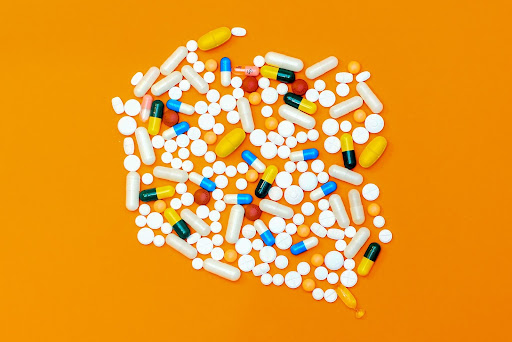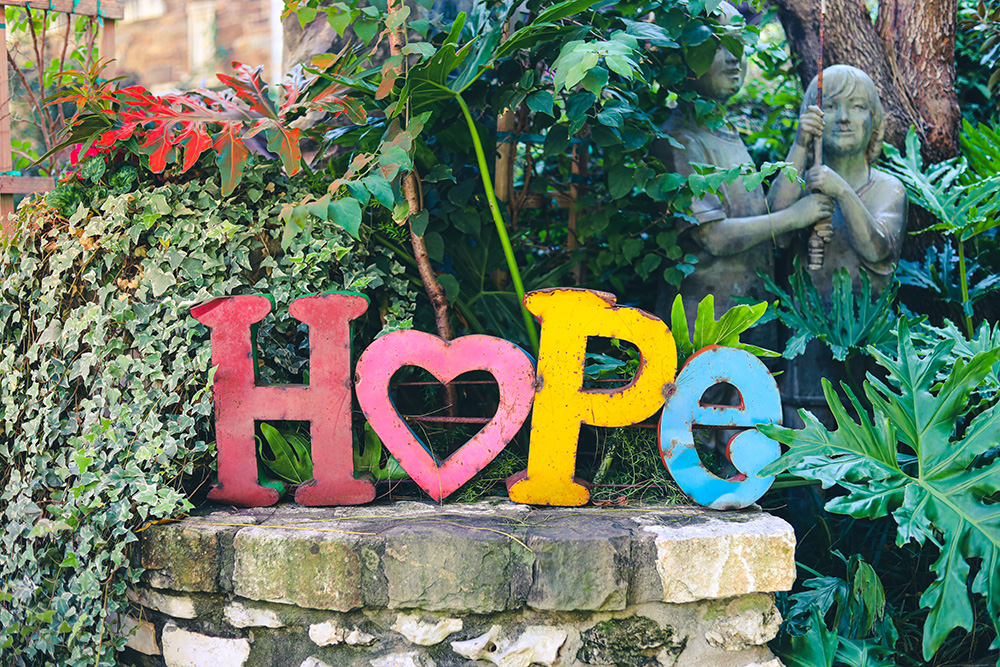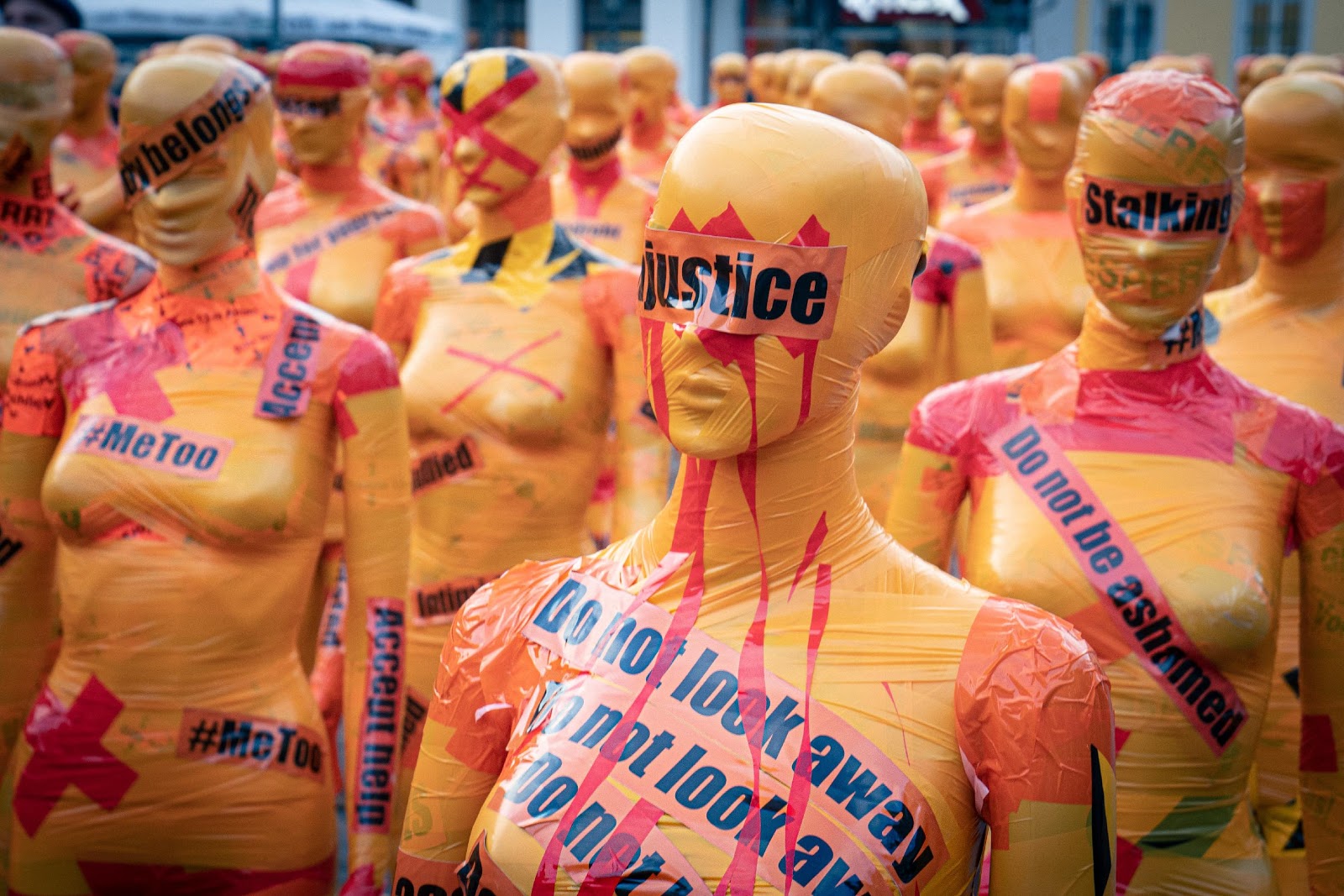In Crypto, I Trust
Remixing & Rethinking
I was laid off from a new job two weeks before the COVID shutdown of NYC in 2020. I knew the company had made a purely cost-cutting move, and I knew the city faced economic disaster across every industry. I also knew my paycheck-to-paycheck existence needed rethinking to survive the coming financial apocalypse.
I prepared the house for pandemic hibernation. With my severance package, I invested in comforts to help us with the coming boredom, like a 62-inch television. Never in my life had I prioritized such a purchase. Still, with months ahead of Netflix and chilling as COVID spread, I wanted our household to be entertained, at the very least. I bought groceries in bulk, instead of my daily market run, to avoid needing to be out in public.
I worked the interwebs to find new computer equipment, before prices and availability ran up and out, along with bulk orders of masks, gloves, paper towels, and toilet paper. We needed money, fast. No one knew, at that time, if a stimulus would even be possible. I purchased gold jewelry from online estate sales and turned it into a profit in NYC’s Diamond District. I had dabbled in crypto for a few years, so I began buying Bitcoin and Etherum with my earnings, thinking the return would be better than keeping the gold.
At first, my household laughed at me, “You are overreacting.” I doubted myself but did not see any hope in the daily reports of infections rising and shutdowns across the world.
Months later, the Diamond District started closing up from the lack of business, an inconceivable thought to all in NYC. We were still living on pandemic time, uncertain, but receiving benefits from the government, and all of a sudden, crypto valuation started climbing beyond any of my expectations. I didn’t make a ton of money, but it helped us through the worst of last year. Because I found myself in this lucky position, I had the time to volunteer to assist important organizing efforts, on and offline, starting with the People’s Strike formation. I built CoronaStrike with another activist and had the time to continue posting to the Occupy Wall Street social media pages, and I volunteered with a local mutual aid center, filling bags of needed nonperishable groceries and supplies, to be delivered, for all in the area.
I realized how I could use cryptocurrency to realistically cushion our quickly depleting resources; I rethought my approach and started to get serious. First, I started taking the MIT OpenCourseWare class, Blockchain, and Money, in between applying to remote work positions. Then, I started watching YouTube videos about cryptocurrency (shout out to VoskCoin); I became obsessed. I started to understand how the development of the next version of the internet, web3, would be become a place in which we could all benefit, directly, through using the web, for communication, commerce, and the creation and management of commodities.
The most important thing I learned? Money is anything we want it to be; the challenge is ensuring that we can use our resources in the actual day-to-day of living. That meant using a Coinbase account to convert Bitcoin or Etherum into dollars and transferring to my bank account when I needed to. Sometimes this happened in the line at the grocery store, other times it happened in front of an ATM, other times, in my bedroom, as I scrambled to pay yet another bill. Most recently it happened on a layover in Amsterdam because the blockchain moves outside of borders.
In October last year, while browsing Facebook, I received an ad to help “build a new network and earn crypto or cash.” Knowing the possibilities, I answered the ad and became a host for a miner on the Helium “Peoples Network.” A few months later, I found myself receiving cash from this remarkable project. And all of a sudden, our household stabilized in ways I could never imagine prior.
One of the things I did with this miracle windfall?
After purchasing a new vacuum, paying a few months of rent, and other needed items (including a few Helium miners from Nebra), I invested in the liquidity pools of Uniswap, after becoming inspired by the offerings of MetaMask. As might be guessed, I am not the only one to see the potential.
Recently, Consensys held a seminar to present their findings on Crypto use in the Global South. Not surprisingly, my reasons for getting serious about cryptocurrency are the exact reasons for people worldwide.
Source: MetaMask
These are all the reasons why I am so happy Let’s Rethink This features the work of Adel ElMessiry, defying predatory lending with his Decentralized Lending Network. As the pre-COVID world continues to crumble into dust, new ways of securing resources and frankly, money, is imperative to the survival of the peoples of our planet.
The time to rethink everything is now.
In solidarity and hope, Priscilla Grim, Editor-in-Chief of Let’s Rethink This







